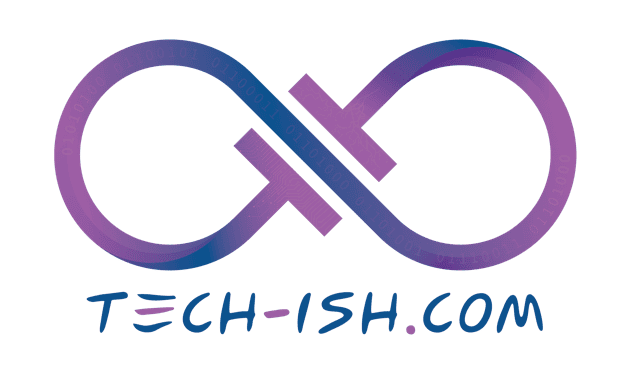
Of the roughly 600 million people in Africa who currently live without electricity, one company is now claiming it can take a massive bite out of that statistic within five years. Sun King, the provider of off-grid solar home systems, has announced an operational roadmap to deploy 50 million new solar kits across the continent between 2026 and 2030.
The plan, announced at the Global Citizen NOW summit in Johannesburg, represents a significant escalation in the distributed energy sector. If executed, the move would see $5.6 billion worth of solar equipment distributed to homes, schools, and businesses, theoretically bringing power to 200 million people.
The Scale of the Infrastructure
To understand the magnitude of this target, you have to look at the power generation numbers. Sun King says this expansion will add 3.8 GW (3,800 MW) of new solar capacity to the continent.
For context, the company compares this output to three standard African coal power stations. However, unlike a centralised grid where power is generated at a plant and transmitted over miles of copper wire, this 3.8 GW will be entirely decentralised – fragmented into millions of individual units installed directly on rooftops from Lagos to Nairobi.
This approach bypasses the need for massive national grid extensions, which are often slow and capital-intensive. T. Patrick Walsh, Sun King’s CEO and Co-Founder, highlighted the trajectory of this growth, noting that the company has moved from shipping 10,000 kits a month in 2017 to over 330,000 monthly today. To hit the 2030 target, that operational tempo needs to triple; the company expects to exceed one million kit installations per month by the end of the decade.
The “Mission 300” Connection
The timing of the announcement aligns with the G20 summit in South Africa, where energy finance for developing nations is a priority. Sun King is positioning this expansion as a direct contributor to “Mission 300” – a joint initiative by the World Bank and the African Development Bank to electrify 300 million people by 2030.
Based on Sun King’s projections, their hardware alone would cover:
- Two-thirds of the Mission 300 target.
- One-third of the UN’s Sustainable Development Goal 7 (SDG7) target for universal clean energy.
The Tech and The Financing
Sun King operates in 11 African countries with a vertical integration model – they design the hardware in-house and handle the “last mile” distribution. The hardware spectrum ranges from entry-level “pico-solar” kits (providing basic LED lighting and USB phone charging) to multi-kilowatt inverter systems capable of running appliances for businesses, health centres, and large homes.
However, the primary barrier to solar adoption in these markets has always been upfront cost. Sun King’s model relies on “Pay-As-You-Go” (PAYG) financing.
Here is how it works:
- The Loan: Customers do not buy the panels outright. They acquire them via a loan repayable over 12 to 24 months.
- The Daily Rate: Payments are made in small increments – daily, weekly, or monthly – usually via mobile money. An entry-level kit costs as little as $0.19 (approx. KES 25) per day.
- The Lockout: If payments are missed, the technology allows Sun King to remotely disable the unit until the balance is topped up.
To date, the company has extended $1.4 billion in credit to customers using this model. According to their data, 67% of their existing user base previously had zero access to electricity, relying instead on kerosene lamps, candles, or wood fires – alternatives that are both more expensive over time and hazardous to health.
Operational Logistics
Scaling to 50 million units is not just a manufacturing challenge; it is a logistics and workforce heavy lift. The company currently employs roughly 45,000 people. To manage the new volume, Sun King plans to double its workforce, adding 45,000 new long-term jobs for a total of nearly 90,000 employees.
This workforce will largely be deployed in retail and installation. The roadmap includes opening 1,200 additional retail stores, expanding their physical footprint to over 1,650 locations across the continent.
Dr. Wale Aboyade, Sun King’s Vice President of Public Policy, emphasised that while the private sector is driving the speed of adoption, the scale requires “strong government and investor support.”
By 2030, the company aims to have moved its cumulative total from 30 million products delivered today to 80 million, effectively attempting to wire a third of the continent’s unverified population without laying a single grid cable.
Key Data Points from the Announcement
| Metric | Current Status | 2030 Target |
| Monthly Deployments | 330,000 kits | 1,000,000+ kits |
| People Served (Cumulative) | 50 million | 200 million (new access) |
| Workforce | ~45,000 | ~90,000 |
| Retail Stores | 450+ | 1,650+ |
| Solar Capacity Added | N/A | 3.8 GW (3,800 MW) |
| Hardware Value | N/A | $5.6 Billion |







